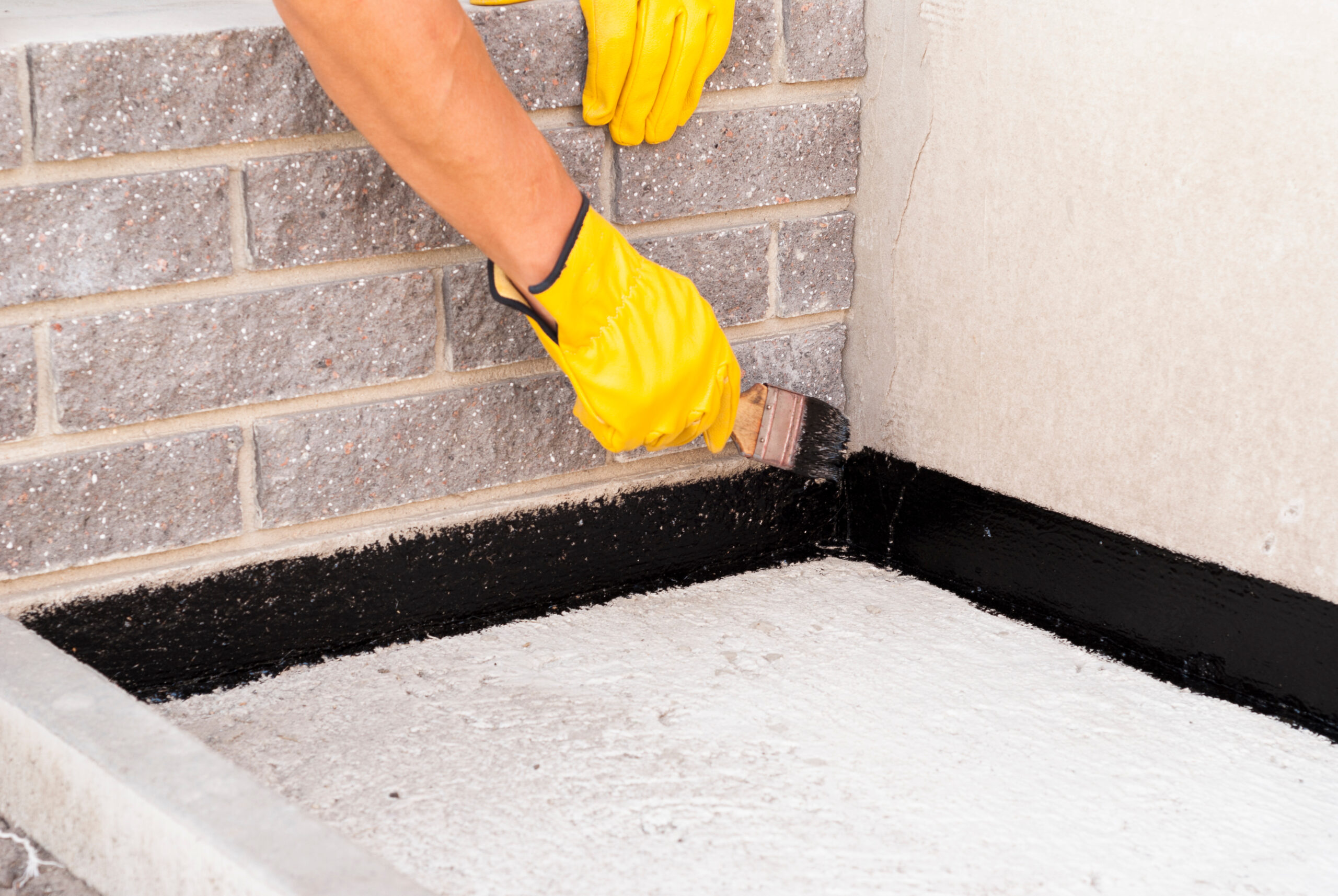Are you about to waterproof your home?
Are you looking for some tips to help you get by without a hiccup?
Whether you’re looking for tips or just some basic things to look out for during the process, we have you covered.
But before any of that, we should discuss why waterproofing your home is so important. That way, you don’t lose sight of the goal through the process.
Why waterproofing is vital
Around 98 percent of basements experience some sort of water damage, so it’s more than just a common problem. It’s nearly universal.
Although contained at first, that water damage can quickly spread to other areas. If it does, you could be looking at thousands of dollars worth of damage. That damage could include rot, a degrading structure and even a total collapse if left unattended.
As you can assume, that damage would have a significant impact on your entire home’s value.
Those are some daunting problems, but they can all be avoided with proper waterproofing.
With that said, let’s talk about all of the areas most likely to need waterproofing.
Important areas to cover
Waterproofing should be completed during the home’s initial construction or at least during a new renovation. That’s to ensure you have the right kind of access to everything you need to cover or seal. However, a professional can still complete the job even if your home isn’t undergoing construction.
Bathrooms
This isn’t a surprise, but bathrooms need a substantial amount of waterproofing. Often, more than they have at first.
Because of the intense amount of water that bathrooms must deal with, you need to focus on the bathroom walls, floor and ceiling. We advise a little more attention on the area behind the shower because that’s particularly vulnerable to water damage.
Next on our list is something overlooked too often.
Balconies
Balconies are much more likely to have water damage than a lot of people may believe. They’re essentially platforms that constantly face all the elements of mother nature directly. That hastens water damage, especially if the balcony is made of wood. However, all materials benefit from waterproofing.
Basements and roofs
These are the last two spaces that we’ll mention here. That’s because they’re both integral parts of any home.
The roof must withstand any amount of rain or snow throughout the seasons, but also significant amounts of wind. If the roof falters in just a small way, it could quickly lead to major water damage. We aren’t only referring to protecting shingles. While they are essential, you need to concern yourself with what’s underneath them too.
The basement is similar to the roof in the amount of waterproofing it needs. But in this case, it doesn’t face wind or snow. Instead, the moisture seeps in, causing mold, condensation or even flooding. Because of the proximity to the home’s foundation, you need to address any water damage here fast.
Quick tips for waterproofing
Waterproofing a basement
Because concrete is so porous, you can often see streaks along the wall wherever water is coming in. If you don’t see any spots like that, you can focus on areas around windows, mortar joints and pipes entering the basement.
That will give you the best chance of finding areas that need to be sealed.
Once you’ve spotted the areas where water is seeping in, you can then seal them. But it’s unwise to do so without first discovering the actual source of the water causing the problem.
Waterproofing a balcony
If you notice a small crack or even some minor water damage on your balcony, it needs to be dealt with right away. Water can easily slip into the crack to worsen it and cause other symptoms of water damage over time.
When you seal those cracks, you want to start with a solid cleaning of the entire balcony. Try to get into the cracks as well.
After that, you can use high-quality paste or powder for filling in and sealing cracks. If the cracks are larger, you may want to consider a different product. End with a good exterior roof coating that will prevent the damage from happening again.
Waterproofing a bathroom
As we mentioned, your bathroom is constantly dealing with a lot of water. That water can eventually erode the waterproof barriers that you had initially, so it’s a good idea to reapply from time to time.
You can start by caulking all cracks or crevices. If you purchase a high-quality bathroom-grade caulk, you should apply it to almost every crack that you can spot. Pay extra attention to where the floor meets the wall and any spots where tiles rise.
Another tip is to ensure that the shower or tub is watertight. More times than not, water damage in a bathroom is caused by the tub or shower, so be sure to have them covered.
Know when the water is too much for you to handle.
Unfortunately, it’s not uncommon for the water to get out of control. If you notice that happening, then it’s most likely time to call for some help that can seal your home uptight.
When you need that help, we’d love to hear from you. Contact Ray Arnold Masonry today for all your waterproofing needs.

